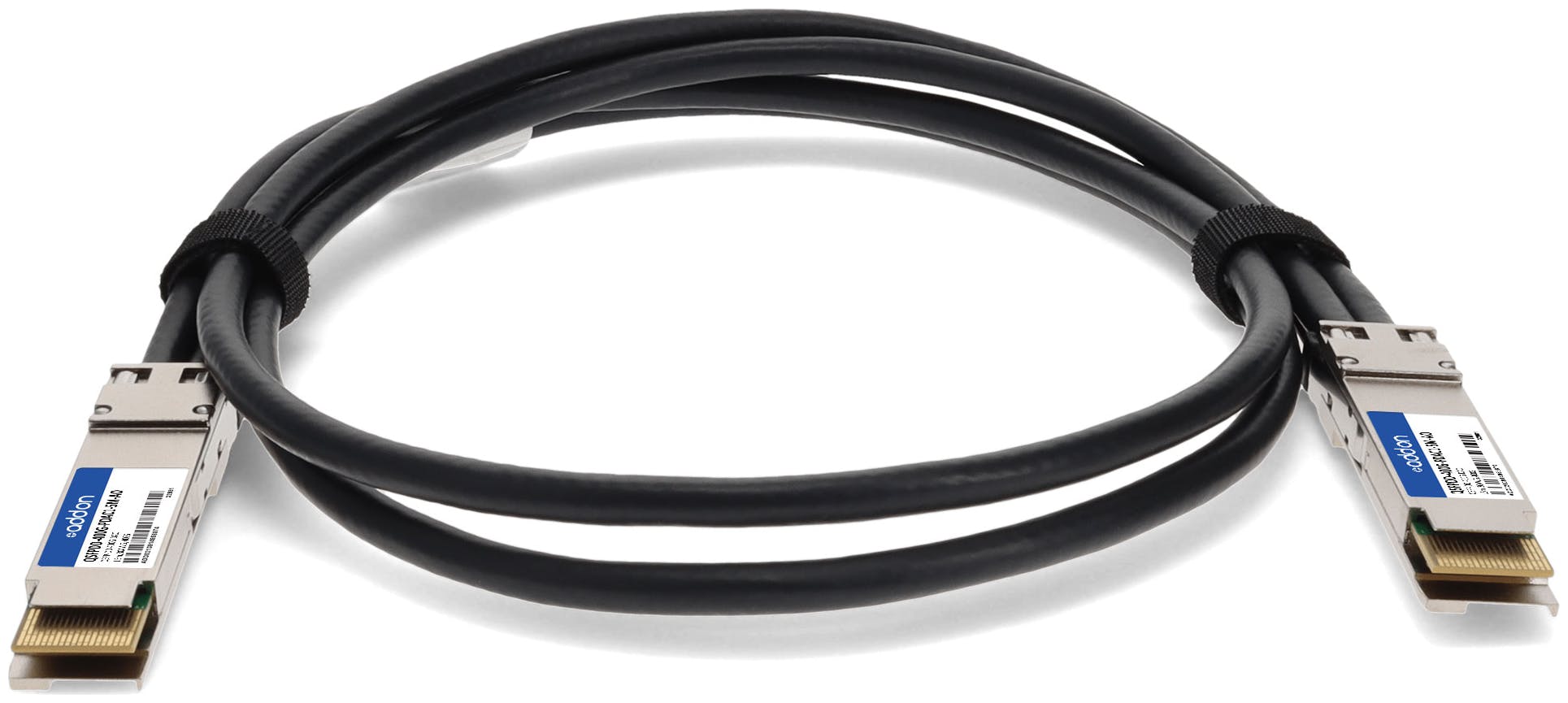As 400G optical transport technologies continue being in high demand due to the exponential development of networks and data traffic, data centers need to meet the rising demands to make sure their applications are reliable and flexible.
400G Transceivers
400G transceivers are commonly used solutions for 400G data center connections. There are several 400G transceiver form factors available, including QSFP-DD and OSFP. All of these transceivers differ in terms of transmission distance, connector, form type, and other characteristics.

| SR8 |
|
|---|---|
| DR4 / PLR4 |
|
| FR4 / LR4 |
|
The primary function of 400G transceivers in data centers is to increase bandwidth and port density. As data centers' bandwidth requirements grow, 400G optical modules will be the best way to improve system efficiency and lower bandwidth costs in the future.
400G DACs & AOCs
400G Direct Attached Cables (DACs) are a cost-effective solution for short-distance data center interconnections. DACs are typically divided into two types: passive copper cables for distances ranging from 0 to 5m and active copper cables (AOCs) for distances ranging from 5 to 15m.

As opposed to 400G DACs, 400G Active Optical Cables (AOCs) transmit data using fiber optical fibers, which is the same as using separate wires and transceivers. 400G AOCs permit transmission over longer distances than DACs and are limited to 100m. Although they cost more, they are more compact and lighter than DACs. AOCs are not impacted by electromagnetic interference, in contrast to DACs.

There are two basic form factors for 400G DAC and 400G AOC: QSFP-DD and OSFP, both of which can transport 8x50G PAM4 electrical lanes. There are also 400G breakout DACs and AOCs with a single 400G connector on one end and many connectors with the same total rate on the other.
Both 400G DAC and AOC are economical options for short-distance transmission. 400G optical transceivers in conjunction with matching fiber optic cables are an appropriate solution for transmission over 100m.
Which is Best Suited for You?
There are three main options concerning 400G: transceivers, DACs, and AOCs. But which one is best suited for you?
First, we need to understand the kind of data you need to transmit, how far it travels, and the environmental conditions. After that is finalized, you can narrow down your options. The table below shows a general guide for your selection:
| Comparison | 400G Transceiver | 400G DAC | 400G AOC |
|---|---|---|---|
| Reach | 400GBase-DR4: 500m
| Max 2.5m | Max 50m |
| Fiber Type | OM3/OM4/OS2 fiber cable | Copper cable | OM3/OM4 fiber cable |
| Power Consumption | High | Low | Medium |
| Application | ToR switch to server | EoR switch to server | ToR switch to server
|
Ultimately, regardless of which you choose the most important factor is how to balance cost and demand. The 400G DACs and AOCs are both better suited for close-range transmission, although the 400G DAC is more affordable, the 400G AOC supports faster data transfer rates. For application scenarios, 400G transceivers are more varied and are best to transmit large amounts of data over longer distances. Depending on your needs, data center operators should consider all these factors when finalizing their decision.
For additional information on 400G check out our cabling for 400G transceivers guide here.
